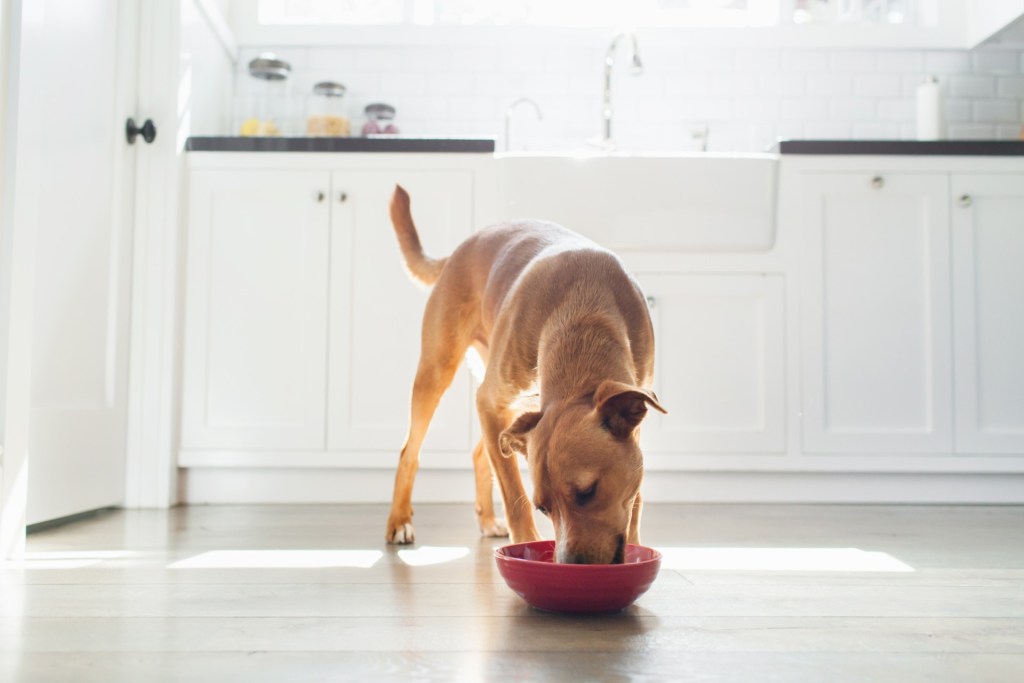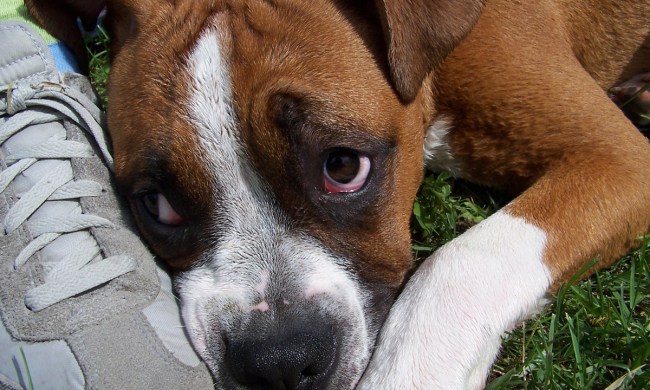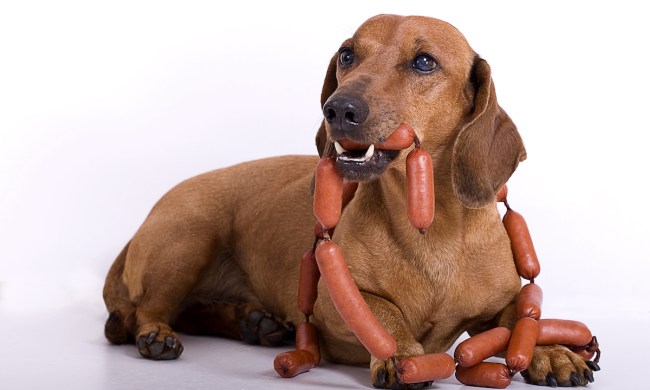Buying dry dog food in bulk is a convenient way for pet parents to save time and money. The concern for many dog owners is that storing their pet’s food for too long could lead to pest contamination, food poisoning, or unpleasant tastes in your furry friend chow. If you’re wondering how to keep their dry food fresh, our handy dog food storage tips will help your pup’s chow remain crunchy and delicious.
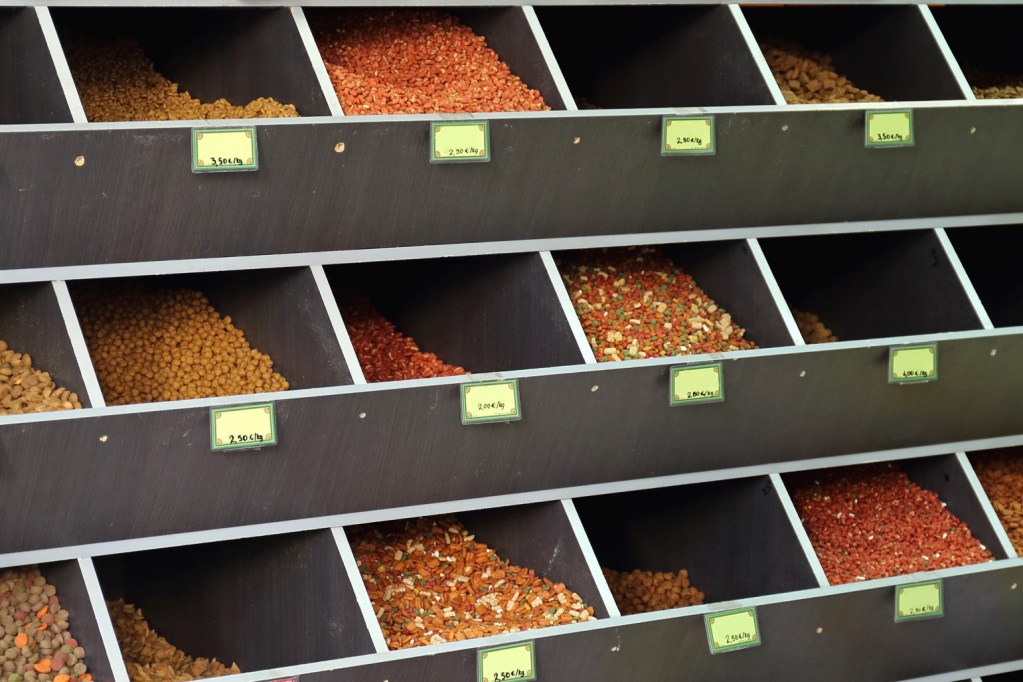
Look for an expiration date
Before buying any food for your dog, check the expiration date on the bag. It’s common for organic brands to have a shorter shelf life than conventional dry food. To avoid waste or digestive issues, make sure you don’t buy more than what your dog can eat before the food expires.
Want to know more? Check out the limitations of spice consumption amongst dogs.
Choose sealed packaging
Make sure your dog’s food bag is unopened and in good condition when you purchase. Some stores sell resealed dry food at a discount, but there’s a risk to buying these repaired bags. It’s risky to buy dog food that could’ve been exposed for a while.
The original bag works well
There’s nothing wrong with storing your furry friend’s dry food in its original bag, especially if this bag has Velcro or a plastic zipper. It’s also OK to transfer the entire bag into an airtight container for extra safety.
Keep air out
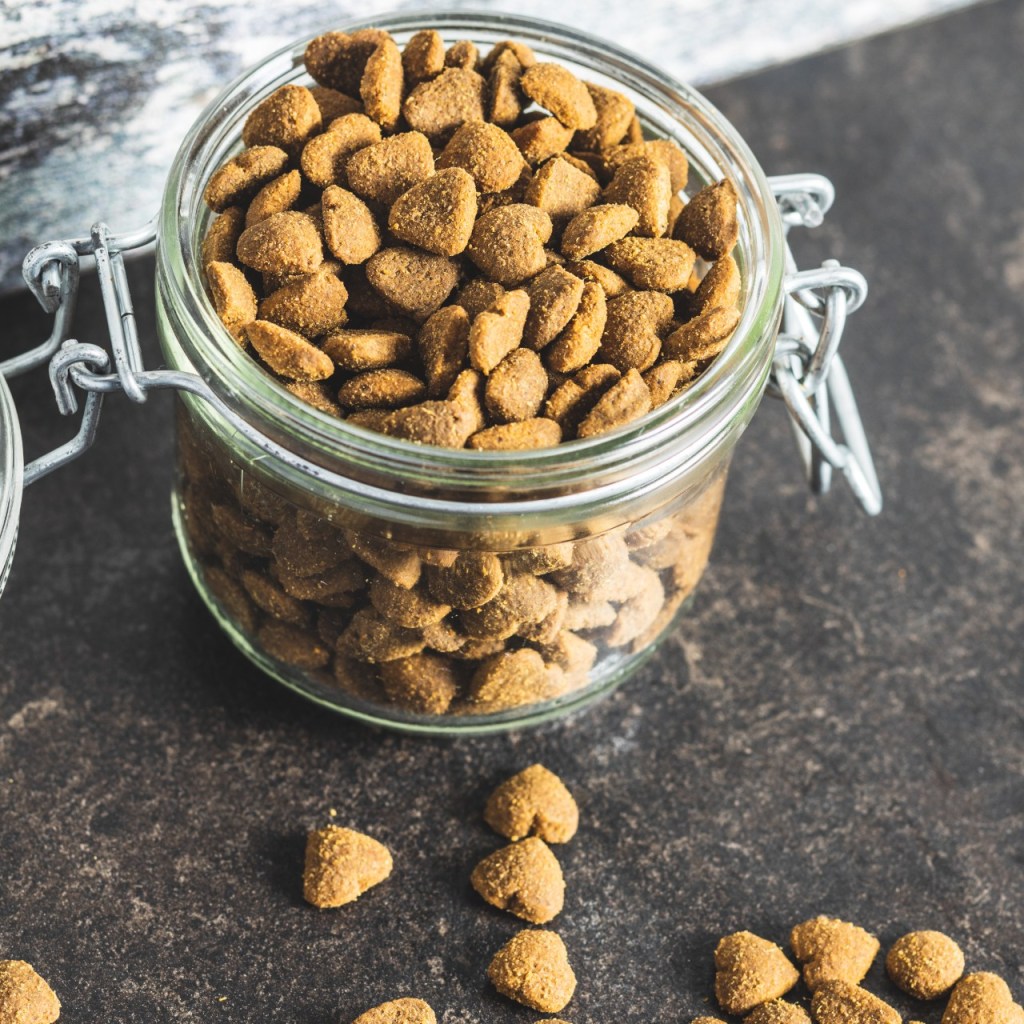
Keeping air out of your dog’s food also helps preserve its freshness and avoids molding. An airtight container is ideal to prevent humidity that could make your pup’s food soggy or affect its flavor. It also keeps pests away from the food and from your cupboard.
Choose a glass or metal container that better preserves the flavors of your pooch’s chow. While storing dog food in plastic containers is popular, this isn’t always the best idea. Although plastic won’t break or dent, it can collect bacteria that could hurt your pet’s digestive system. It also tends to collect oils that can make dry food rancid.
Keep it dry and cool
Pet food is best when stored in a cool, dry place. The ideal storage temperature is 78º F with the lowest amount of humidity possible. This helps you avoid mold in your dog’s food and keeps pests out.
Use a scoop
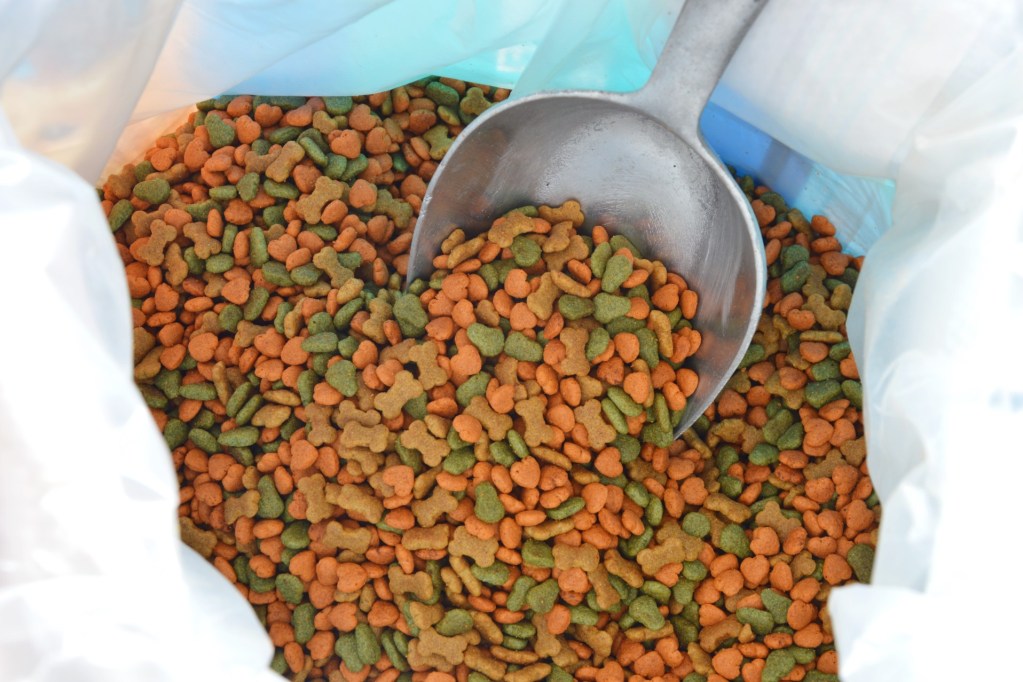
To avoid putting your hands or your dog’s bowl in the food container, use a scoop to serve your pup’s chow. This keeps the food clean and free from any excess humidity or oils that can cause bacteria to grow.
Put it in the freezer
When you have more food than your pet can eat, the freezer is the best place to store it. Just like with human food, freezing your dog’s dry food avoids the creation of bacteria and preserves food for up to six months.
Hygiene matters
To prevent cross-contamination of your pet’s dry food, remember to wash your hands before and after handling Fido’s food. At the end of the day, throw out any leftovers, wash your dog’s dishes with warm soapy water, and dry them well. This helps their digestive system and keeps pests away from their dishes overnight.
No mixing
When you get a new bag of your dog’s food, it may seem convenient to simply pour it over anything that is left from the previous bag. The problem is that the older food at the bottom could go bad and contaminate the new food.
To avoid this situation, it’s best to completely empty your dog’s food container and wash it before adding new dry food. This helps ensure that your dog’s food is always fresh and safe for your pup to enjoy.
Dry food is a convenient and healthy way to feed your furry friend. It provides Fido with the nutrients his body needs and saves you the effort of cooking. With our storage tips, it’s easy to keep your pup’s chow fresh and tasting delicious. Follow the proper storage methods to avoid contamination and pests while you keep your dog’s food fresh for longer periods of time. These small tweaks to your storage habits will help keep your dog healthier and happier.
